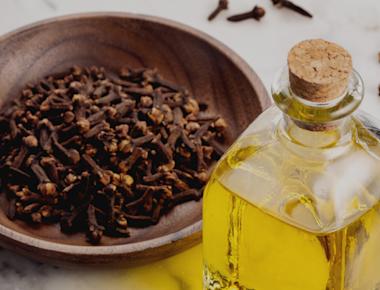

Table Of Contents
The Benefits of Whole-Grain Diets
Whole-grain diets are linked with a lower risk of developing type 2 diabetes, heart disease, and colorectal cancer. Studies have shown that intake of more whole grains can improve blood sugar levels, body weight, and lipid profile in adults with diabetes.
Additionally, producing whole grains has less negative effects on the environment than other nutrient-rich foods. Unsurprisingly, many national dietary guidelines recommend consuming whole grains to manage diabetes.
Whole-grain foods are those containing all of the parts of the grain. However, current definitions of whole grain include even highly processed and reconstituted fractions of whole grains. Consumption of such finely ground foods, which may be added into ultra-processed foods, can increase calorie intake and weight gain.
Our recent study on adults with type 2 diabetes showed that the glycemic response to different types of whole-grain bread is related to the degree to which grains were processed.
We did a study to see if the way grains are milled affects blood sugar levels in adults with type 2 diabetes. We gave participants different types of whole grains and used continuous glucose monitoring systems for two weeks to measure their blood sugar levels
The Study on Whole-Grain Food for Blood Glucose Control
This study looked at the effects of two different types of whole-grain diets on glycemic control. Other cardiometabolic risk factors were measured pre- and post-intervention. These two dietary interventions, each two-weeks long, were separated by a washout period of at least two weeks.
28 participants diagnosed with type 2 diabetes completed this randomized crossover trial. Half of them consumed finely milled whole grains:
- Instant oats
- Brown rice pasta
- And whole-grain bread made with finely milled flour.
The other half ate largely intact whole grains:
- Intact oats
- Brown rice
- And whole-grain bread made with coarsely ground flour and kibbled wheat kernels.
The diets were for two weeks. No advice was given to change the amount of grains consumed. They were also allowed to continue with their hypoglycemic medications — metformin or gliclazide.
Before the first intervention, participants completed a four-day semiquantitative food diary to estimate their usual intakes. On the first day of the study, the researchers took baseline fasting blood samples and anthropometric measurements of the participants. They gave the participants some whole-grain foods to eat.
The researchers fitted continuous glucose monitors (CGMs) to the upper arms of the participants and turned them on. This instrument measured interstitial glucose every 15 minutes. They also gave the participants daily checklists to record when and what intervention foods the participants ate.
On day seven, if needed, they gave more intervention foods and a four-day semiquantitative food diary for the participants to capture their food intake on three weekday days and one weekend day in the coming week.
On day fourteen, the first intervention ended, and the researchers again took fasting blood samples and measurements for comparison with those at baseline. They removed the CGMs from their arms on this day.
Postprandial glycemia was measured by the blood glucose incremental area under the curve with CGM data in the third hour after breakfast, lunch, and dinner.
The Results
During the interventions, participants consumed an average intake of 5.5 ± 1.3 servings of less-processed whole grains or 5.5 ± 1.4 servings of finely milled whole grains each day. Most of the servings of whole grains were consumed at breakfast for less-processed whole grains and then at lunch and dinner for finely milled whole grains.
Glycemic variability was reduced when participants consumed the less-processed whole grains than the finely milled whole grains. Bodyweight increased during the finely milled whole-grain intervention and decreased when the participant consumed less-processed whole grains, resulting in a statistically significant mean difference in weight change.


Postprandial responses (how the body responds to sugar and starch after consuming a meal) were 9% lower following breakfast during the two weeks of consuming less-processed whole grains than during the weeks when finely milled whole grains were consumed. The average postprandial response to the average of all meals showed a similar trend, being 6% lower.
Day-long glycemic variability also was reduced. Average change in body weight differed by 0.81 kilograms between interventions, increasing during the finely milled intervention and decreasing during the less-processed whole-grain intervention.

The Conclusion
Consumption of less-processed whole-grain foods over two weeks can improve measures of glycemia in adults with type 2 diabetes compared with an equivalent amount of whole-grain foods that were finely milled. Our findings are highly relevant to nutritional guidelines for diabetes management and suggest practical means for those wishing to improve their blood glucose control.
Reference
Whole-Grain Processing and Glycemic Control in Type 2 Diabetes: A Randomized Crossover Trial
Health Enthusiast
Expertise
Subscribe to our newsletter!
Quick Links
Legal Stuff








